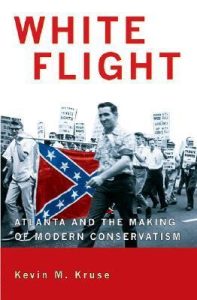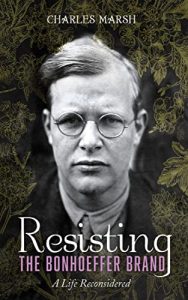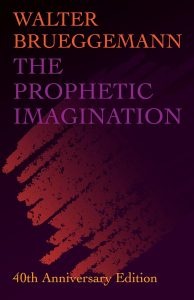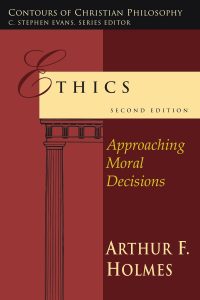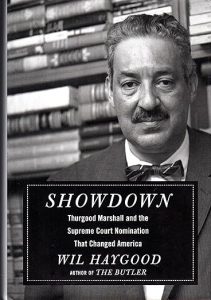 Summary: An exploration of Thurgood Marshall’s confirmation hearing to the Supreme Court in 1967 as way to both give a biography and context to Marshall’s work and to explore the ways that that hearing was a preview of later Supreme Court nomination fights.
Summary: An exploration of Thurgood Marshall’s confirmation hearing to the Supreme Court in 1967 as way to both give a biography and context to Marshall’s work and to explore the ways that that hearing was a preview of later Supreme Court nomination fights.
I picked Showdown up because (it was on sale and) I have not previously read anything specifically about either Thurgood Marshall or Brown v Board. I have read many civil rights era histories that mention both, but none that were explicitly about just those subjects. I have been reminded several times recently about how our story of the civil rights movement is framed as Brown v Board, Emmitt Till, Rosa Parks, Birmingham, March on Washington, 1964 Civil Rights Bill, assignation of MLK Jr and the 1968 civil rights bills as if they were all self contained.
Thurgood Marshall graduated from law school in 1933 in just a few years he was working for NAACP and then also joined the board of directors of the ACLU in 1939. It is Brown v Board that he is most well known for, but as Showdown explains, there was a significant number of cases that Marshall and others argued that laid the groundwork for Brown. The work to end white-only primary systems across the country took 20 years and three Supreme Court decisions. Each one widen the crack just a bit more. The ending of the white only primary system and then the various one person, one vote decisions that ended Georgia’s county unit system and requiring both regular redistricting and relatively equal size districts as well as the 1965 Voting Rights acts were decades in the making and none of those brought about a perfect democracy, but each slowly changed political realities.
Showdown is quite meandering, but that is part of the point because the context of Marshall’s appointment to the Supreme Court has wide context. Marshall was appointed to the Court of Appeals in 1961, but that took 8 months from nomination until approval. In 1965 he was nominated and quickly approved as the US Solicitor General. But it was the nearly 4 months to approve Marshall to the Supreme Court that is the main focus of the book.
As Solicitar General Marshall argued to end the poll tax, Miranda, and several cases defending the Voting Rights Act of 1965 as well as other cases. It was more these cases than his earlier civil rights work that he was questioned about in his nomination. Marshall was not directly involved with the Loving case, but the decision was handed down during the nomination process. Marshall himself married a Filipino woman in 1955, Cecilia Suyat Marshall, after the death of his first wife. Being questioned about the constitutionality of interracial marriage, while being in an interracial marriage with his wife sitting right behind him was a detail that really does matter to the context of that nomination process. As much as I read civil rights history and know that we have not moved as far could be hoped, I also know that there have been changes.
Read more
 Summary: The son of a judge investigates his death.
Summary: The son of a judge investigates his death.